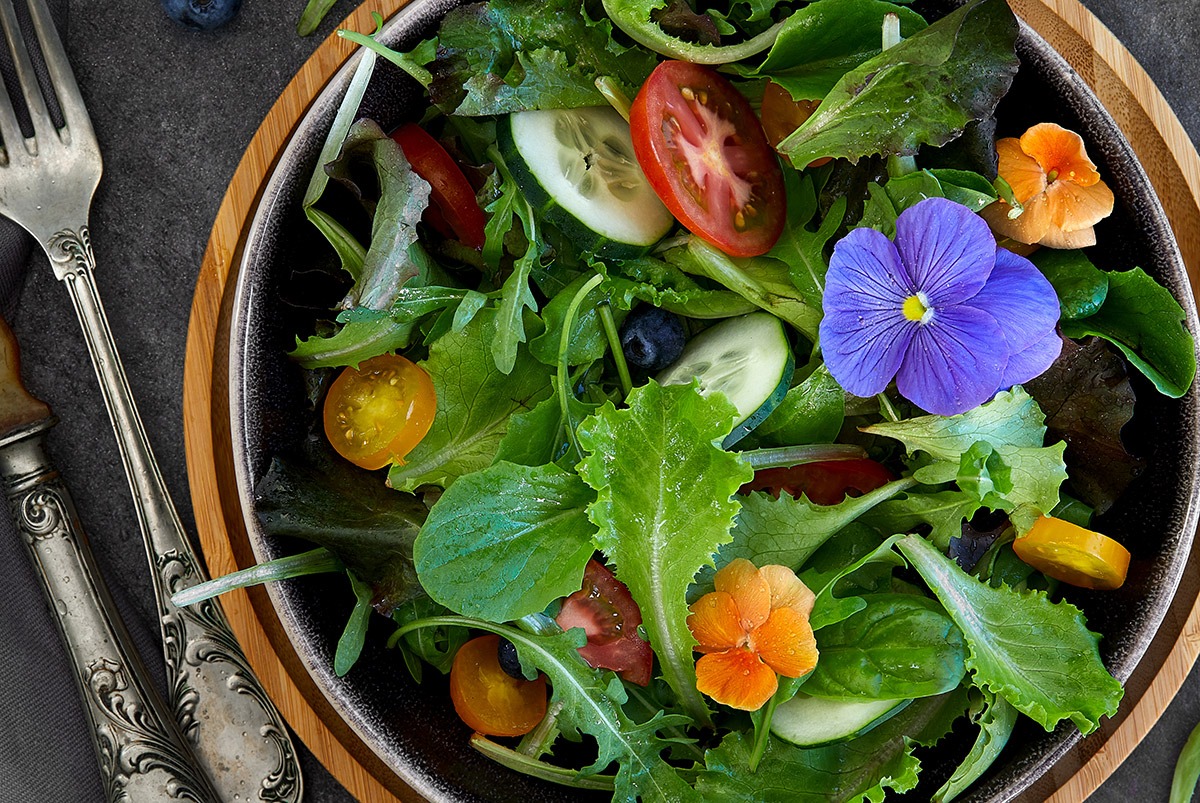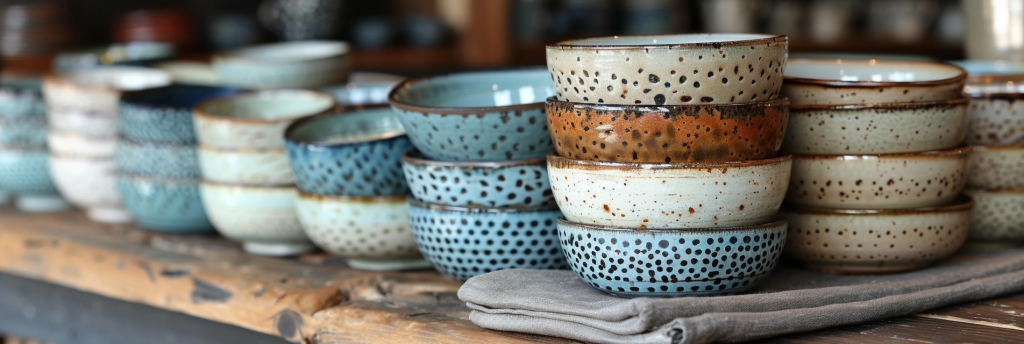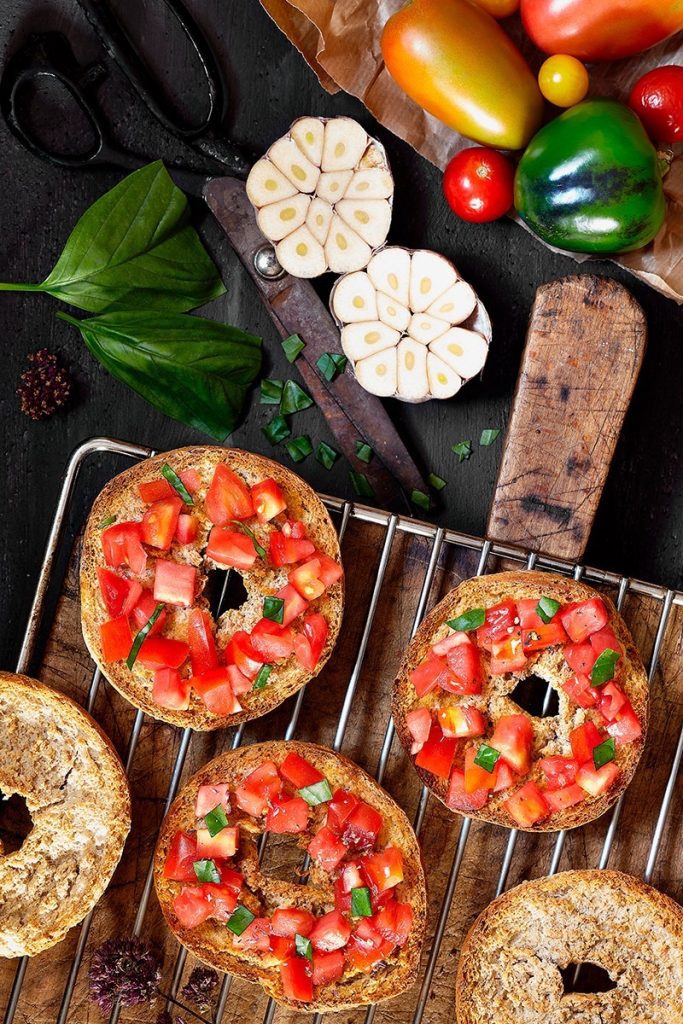
Importance of color matching
In culinary photography, every shot is a story arc that goes beyond simply representing a dish. It's an open door to cultures, traditions and the stories that each food carries. Here, the trick of attracting attention and evoking emotion with the image is important. A well-executed food photograph can bring back memories, elicit curiosity, and most importantly, make mouths water at a glance. The ability of a food photograph to convey these sensations is not only in composition or photographic technique but also and above all in the use of color. Colors even play a major role in visual communication and affect our emotions and decisions about food.
The idea of storytelling in culinary photography refers to telling a story through the image, where food is the subject of a narrative beyond taste, reaching for the strings of emotion and memory. In this narrative, color matching is the main device used to describe sensations, atmospheres, and finally tasting. Color thus becomes a universal language that speaks directly to our subconscious and invites us to participate in the culinary experience suggested by the image. Thus, knowing and applying the fundamental rules of color matching in culinary photography is a prerequisite for anyone wanting to convey through visual art the sensuous and effective value of food.
Primary, Secondary, and Tertiary Colors
The basic colors are red, yellow, and blue, also called primary colors. They have the characteristic of not being able to be broken down into other colors. From the mixing of these three primary colors are three more colors: orange, green, and purple, consequently called secondary colors.
Then, there are all the resulting from the mixing of primary and secondary colors: yellow-orange, red-orange, magenta, blue-purple, blue-green and yellow-green, called tertiary colors. In total, there are 12 main colors that form the basis of the so-called color wheel.
In the world of design, effective color matching is essential, as it can dramatically alter the perception and impact of a visual composition.
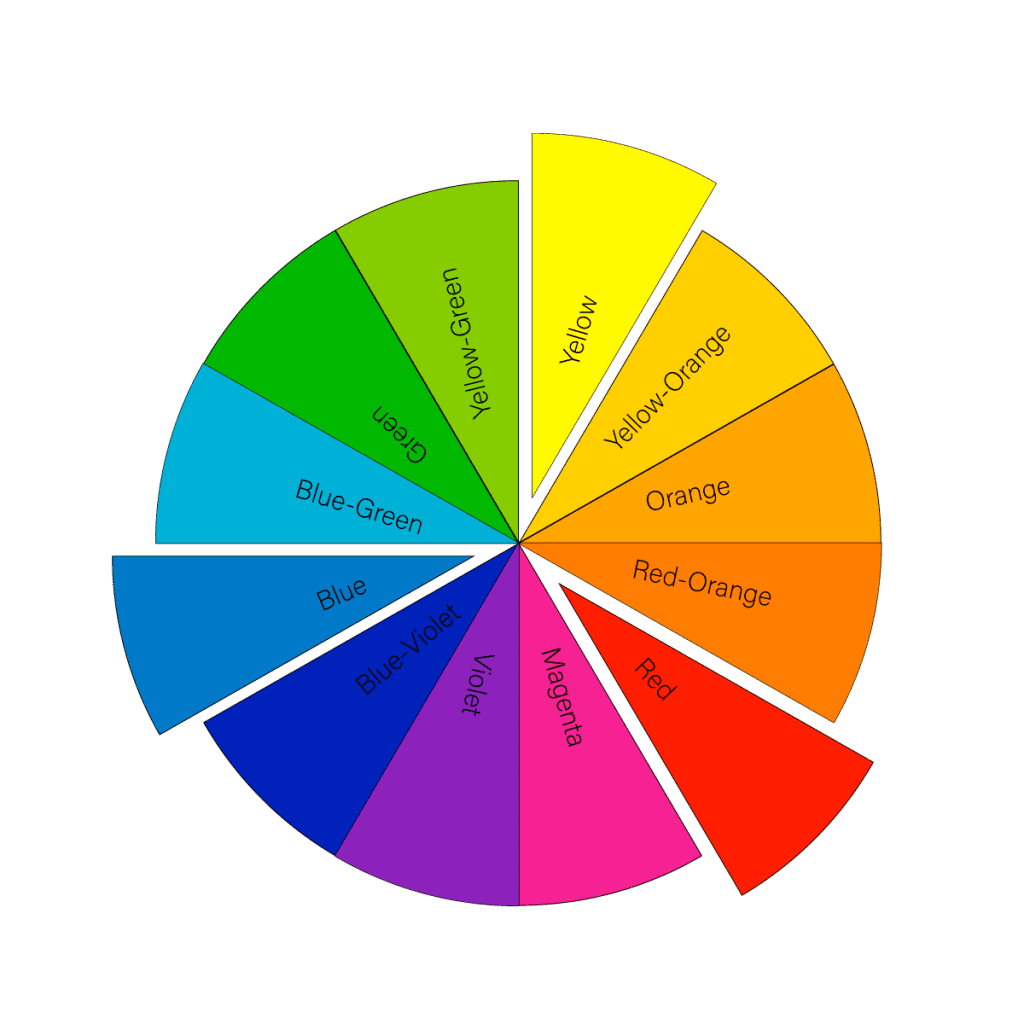
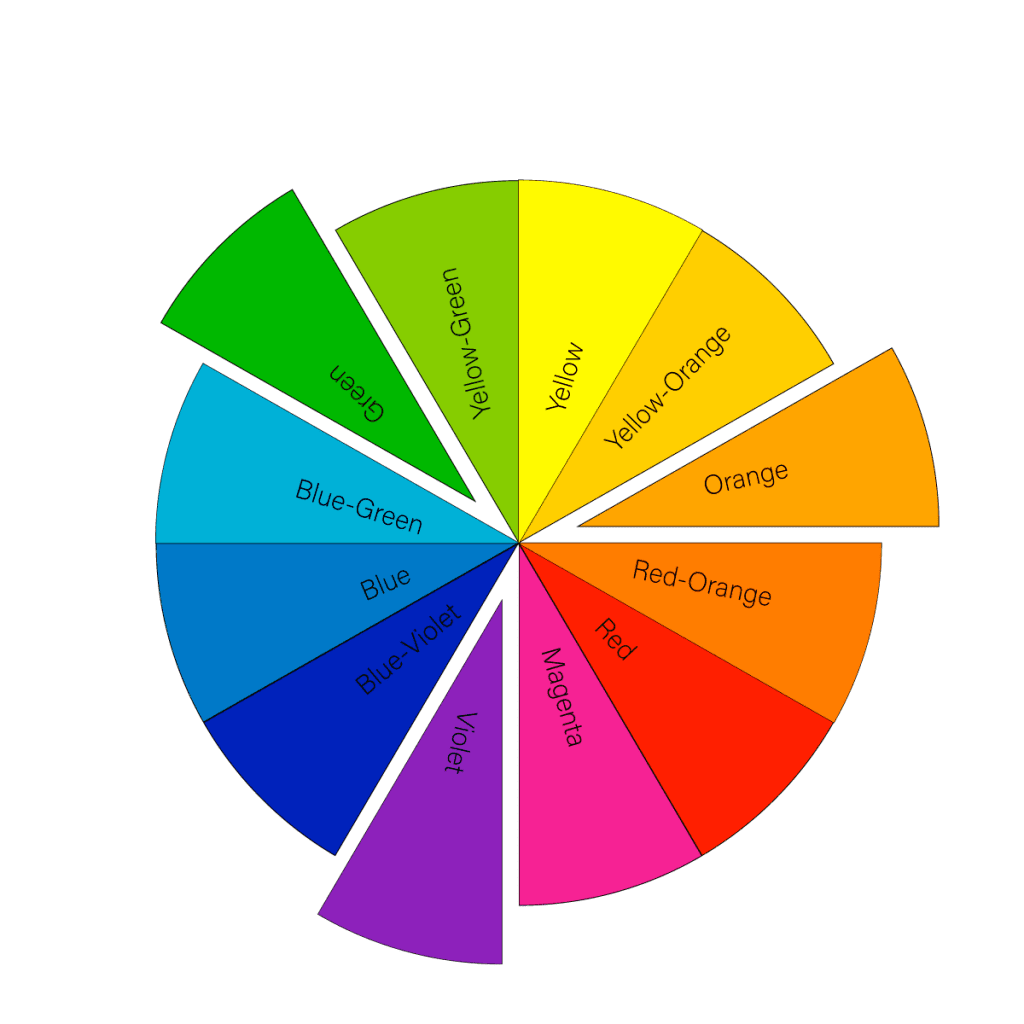
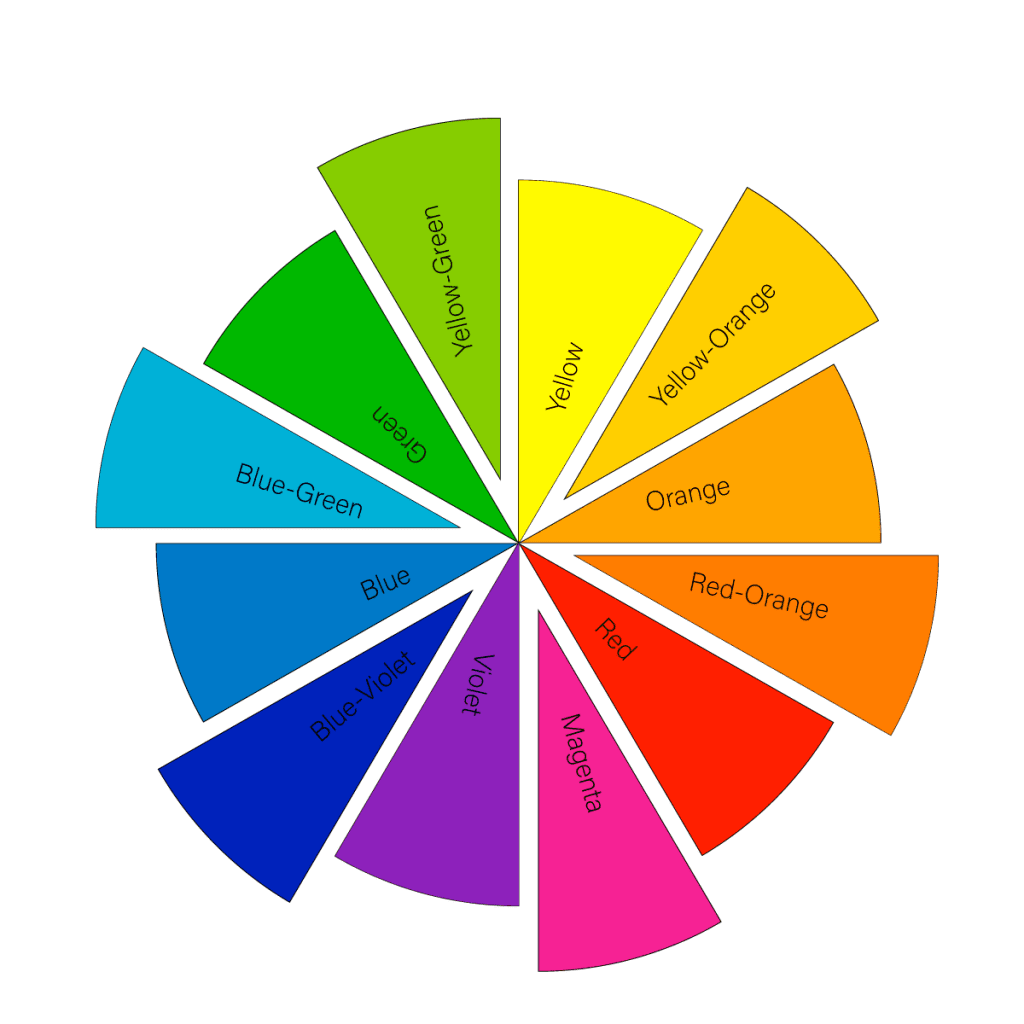
Shades
Looking at the color circle it is easy to begin to understand the combinations of primary colors with intermediate colors, which are shades. Depending on the proximity of the colors in the spectrum, their shades are similar if they are near colors, or tend to be gray if they are distant color combinations. This understanding is crucial for effective color matching in various design contexts.
For example, yellow -green-yellow or blue-green and green-blue. Unlike blue and orange, whose mixture produces a shade of gray, the mixture of red and green or yellow and purple produces other colors.
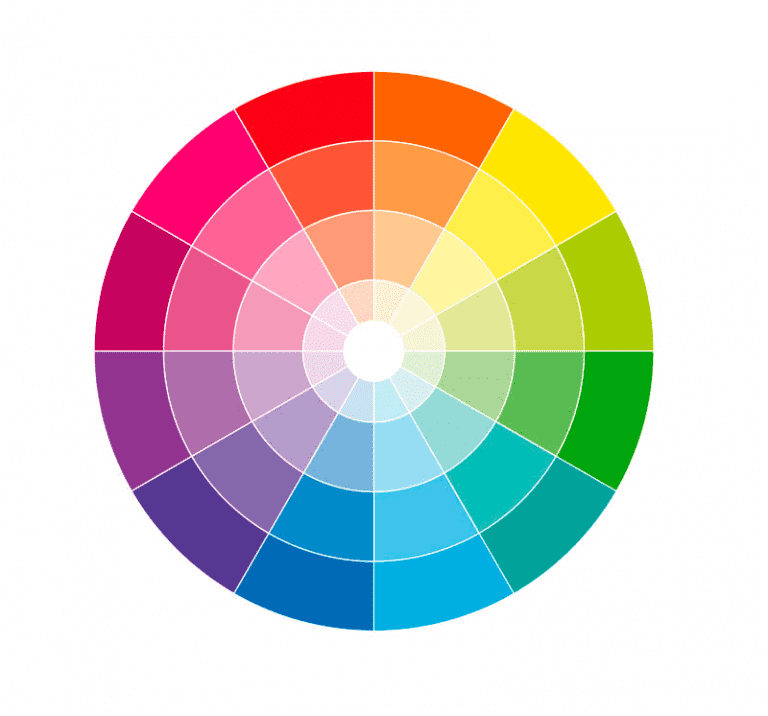
Only the physical colors are perfect. In our visual perception, every color is different from what it actually is. Color is constantly deceiving. Because of this, color is the most relative medium in art. Reproducing a color in painting in ancient times was very difficult because the paints of basic colors were not perfect, but they had dominant and were perceived in different ways.
Even now artists mix multiple colors to get the right tone and it’s often hard to get it if it’s not calculated by a computer that accurately establishes every little nuance. This challenge underscores the importance of skillful color matching, as it can harmonize these nuances, enhancing the overall aesthetic and emotional impact of the artwork. On the other hand, in the digital age, technology even allows us to take an exact color sample from any surface.
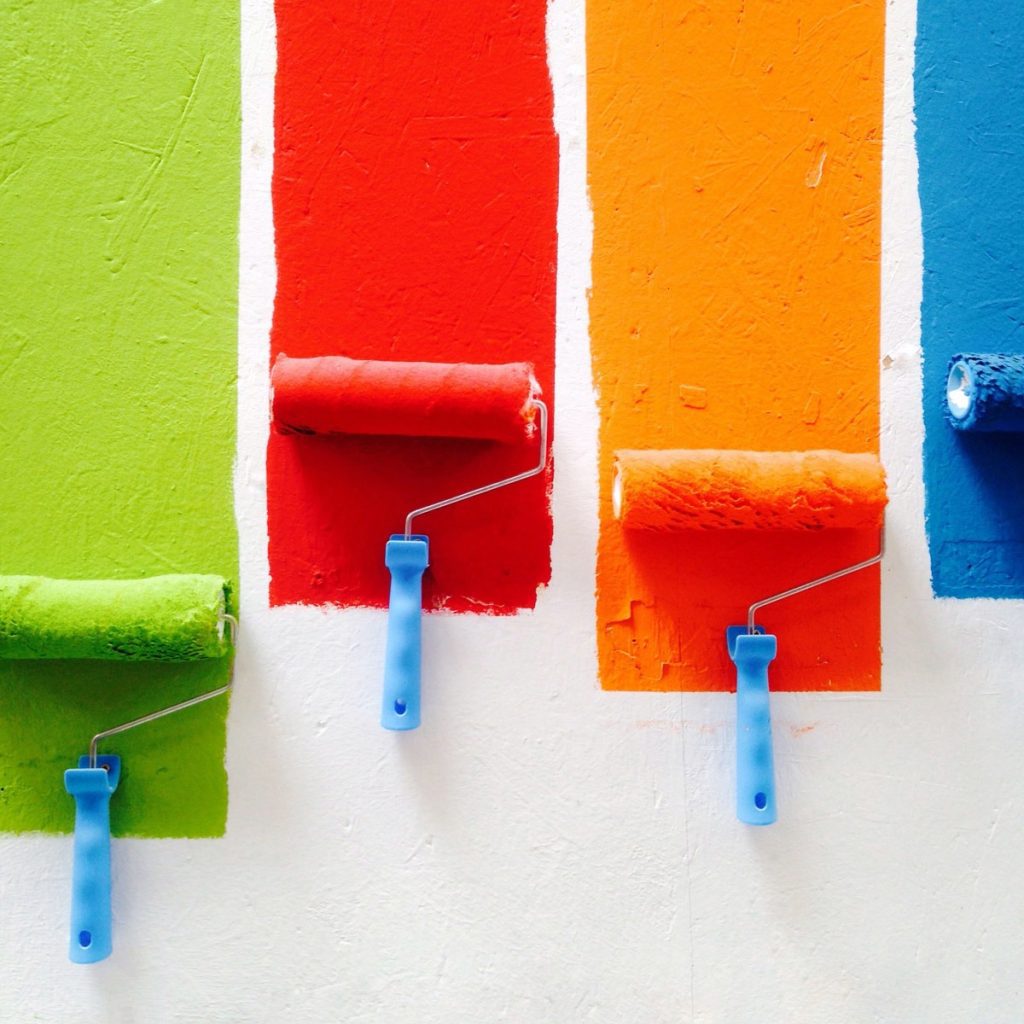
Color temperature classification
After understanding the principles of color matching and identifying the main colors and their shades, let’s delve deeper into the concept of color matching as we explore how colors are classified based on color temperature. But what is color temperature? Scientists have measured the different hues of light emitted by a black body subjected to various temperatures, establishing that each temperature corresponds to a single shade.
Consequently, they associated these shades with a physical measurement expressed in kelvin (K). This physical measure has been called color temperature. In terms of temperature, colors are divided into two categories: warm and cool. The so-called warm colors are red, orange, yellow, magenta, and all their shades, which tend to be perceived as more “welcoming”. Cool colors are green, blue, purple, light blue, and cyan with all their shades, often associated with sensations of freshness and calm. Black, white, and grey are considered neutral colors, and in the context of color matching, can be used to balance or accentuate the other warm and cool colors.
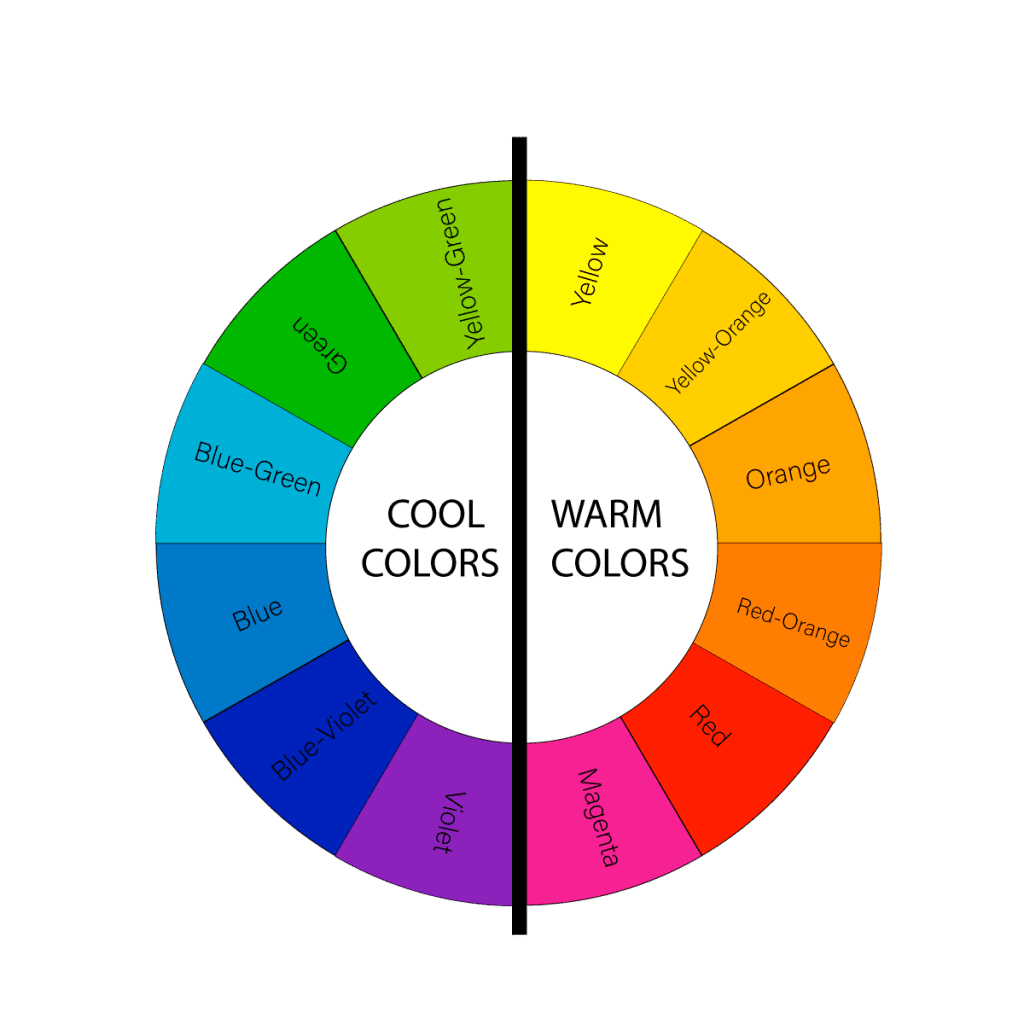
WHAT IS THE PURPOSE OF COLOR CLASSIFICATION?
In the 1950s, every color and shade received a name and a code. The classification was made by the American company Pantone and the colors with their codes were inserted into a catalog in order to be consulted. In short, this is to “translate” colors into the CMYK process printing system.
On the web, however, colors can be specified as an RGB triplet or in hexadecimal format. Color classification and color matching play an important role in studying them, to make comparisons and determine which colors are in harmony and which are in contrast, but also to understand the emotional effects they cause on people.
Color schemes
In the end, knowing the basic theory of color matching, you can start with the combination of colors to build the set of our photographs. There are 6 color schemes that can be used to create inspiring images. These are monochromatic, analogous colors, extended analogs, complementary, divergent complementary, and triadic.
Let’s see how to apply these patterns to our sets:
Monochromatic Scheme
This scheme uses only one color, along with all its shades.
How is it applied in culinary photography? For example, in the case of lime photograph, one would opt for a yellow-green background, and all scene elements (the so-called props) would be chosen following different shades of yellow-green. In culinary photography, this chromatic approach is particularly suitable for those ingredients that occupy the entire frame since the use of a single color forces the eye to focus on the food’s textures.
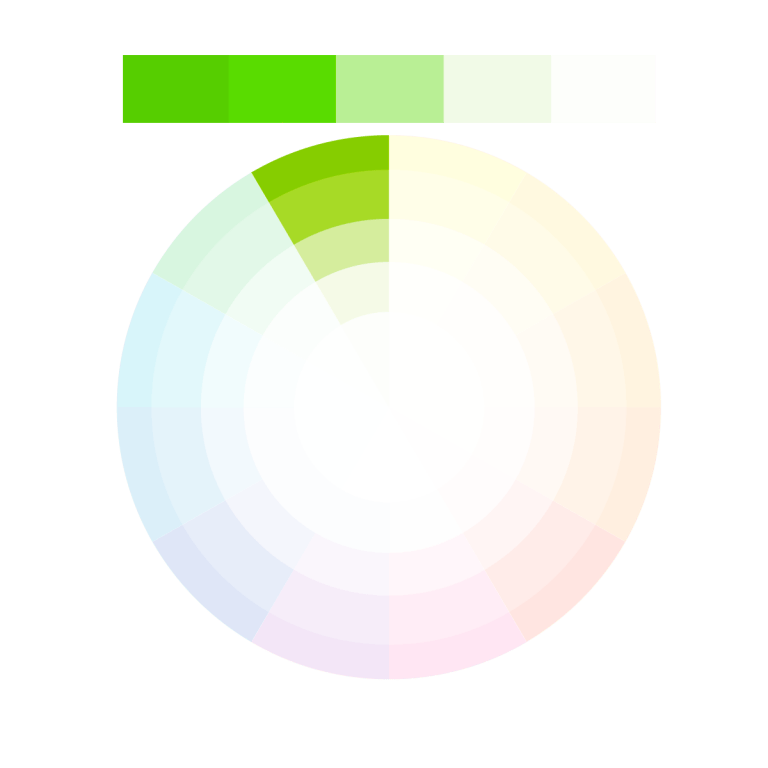
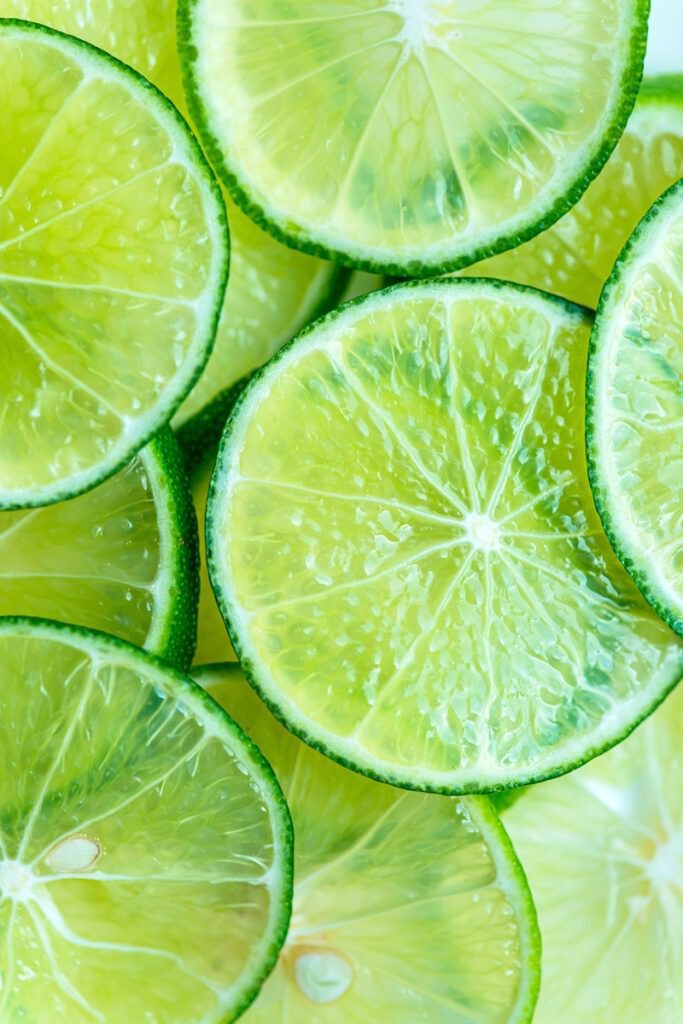
Analogous Color Scheme
The analogous color scheme consists of colors that are next to each other on the color wheel. For example, yellow-green, yellow, and yellow-orange. This color scheme will also help us channel attention to texture, and if we want to use props as well, we can use color matching to draw attention to the surrounding environment, creating a story that conveys an atmosphere or a season.
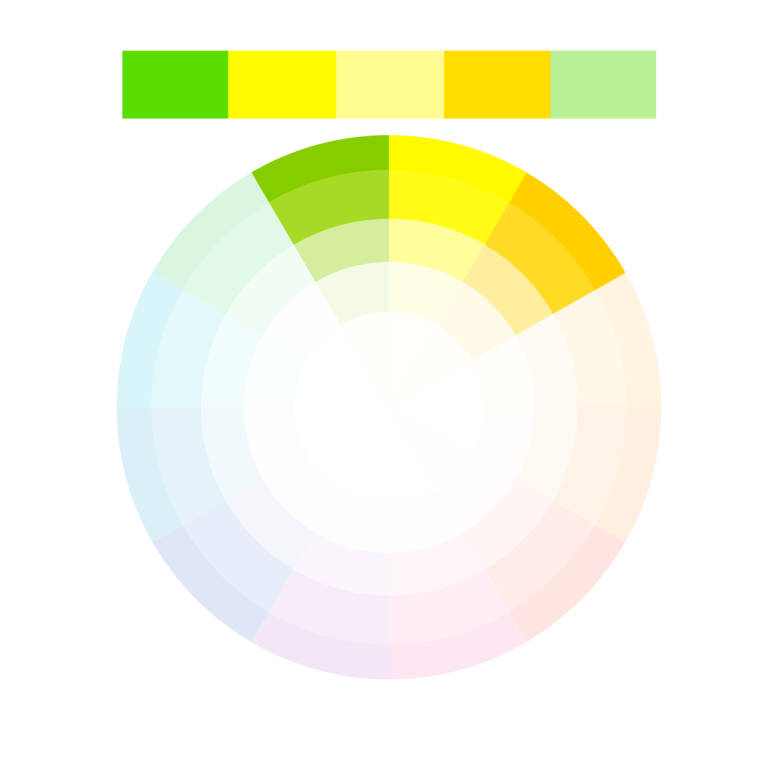
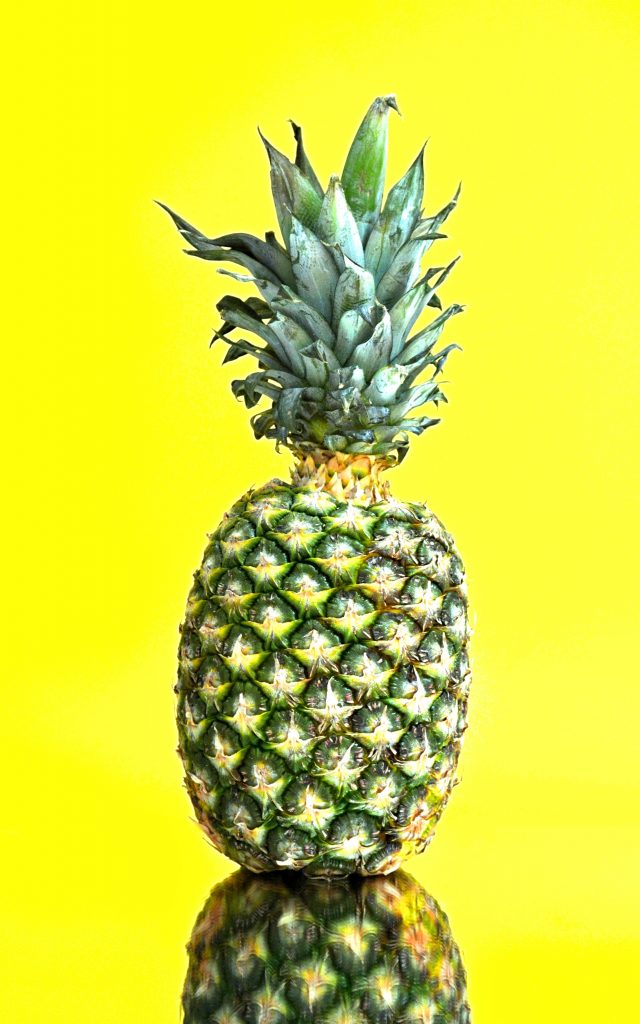
Extended Analogous Color Scheme
Extended analogous colors refer to a selection of colors on the color wheel that extends the concept of analogous colors. In addition to including colors close to each other, like traditional analogous colors, this palette also embraces the colors immediately adjacent to these, creating a broader and more varied set. Thus, to the classic pairing of yellow and red or orange and purple, additional adjacent shades are added, such as green next to orange. This enrichment of the color spectrum allows for more complex and nuanced visual compositions, maintaining a certain consistency and visual harmony.
In our example, the pairing of green and orange, extended to their neighboring colors, offers a vibrant variety of shades, ideal for creating warm and welcoming atmospheres.
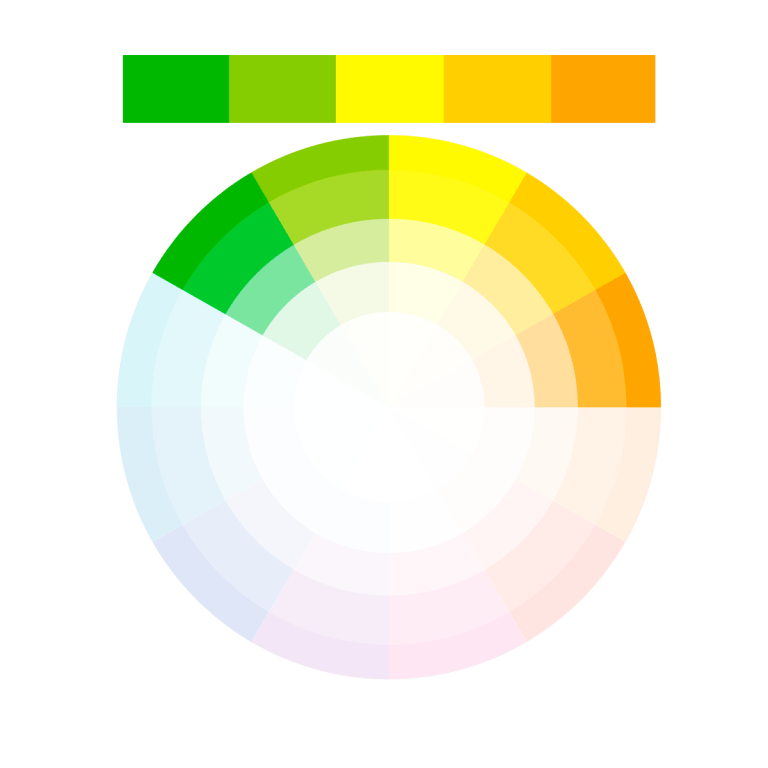
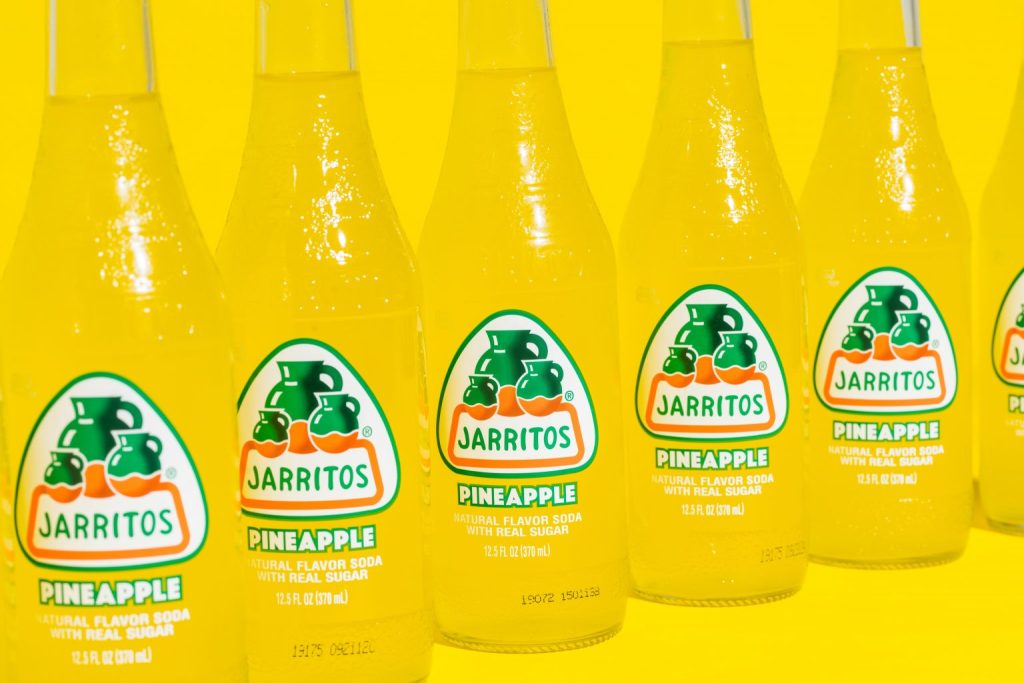
The Complementary Color Scheme
The complementary color scheme, or contrast scheme, includes opposite colors, such as red and green, yellow and purple, blue and orange. For example, if we need to photograph red berries and decide to use complementary colors to tell our story, we will use a green background. Similarly, if we need to photograph eggplants, we will photograph them against a yellow backdrop.
Or purple cabbage on a yellow plate as in the example below. The use of the complementary color scheme can also be associated with white, which helps break up the colors and provide additional contrast. In particular, we can do this by photographing red tomatoes on a white plate with green pattern and a green background.
Or green peppers on a white napkin with red pattern on a red background. A complementary color can also be used in small quantities, just to provide a pinch of contrast and draw attention to a subject. Like a basil leaf on top of a tomato bruschetta.
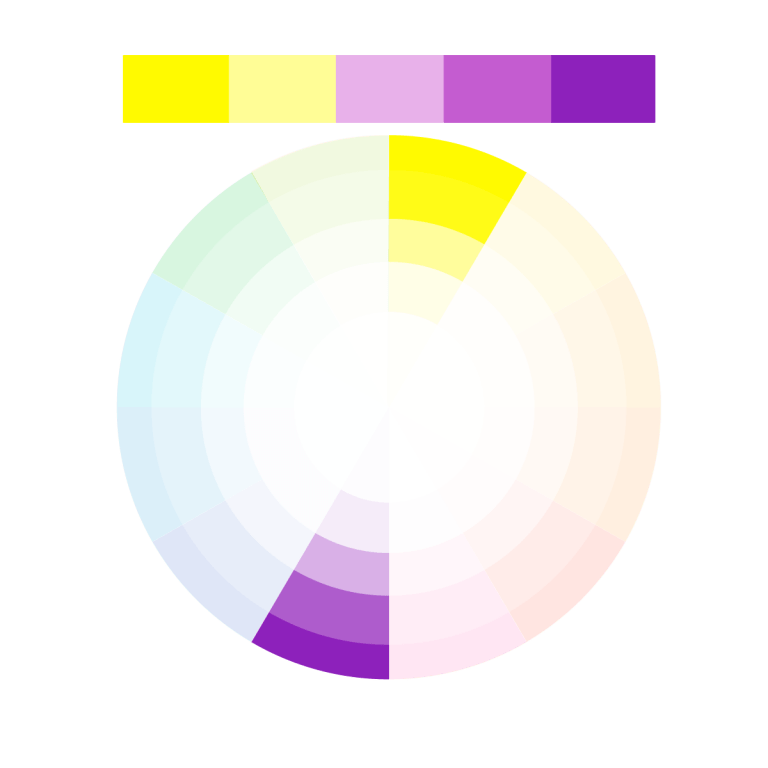
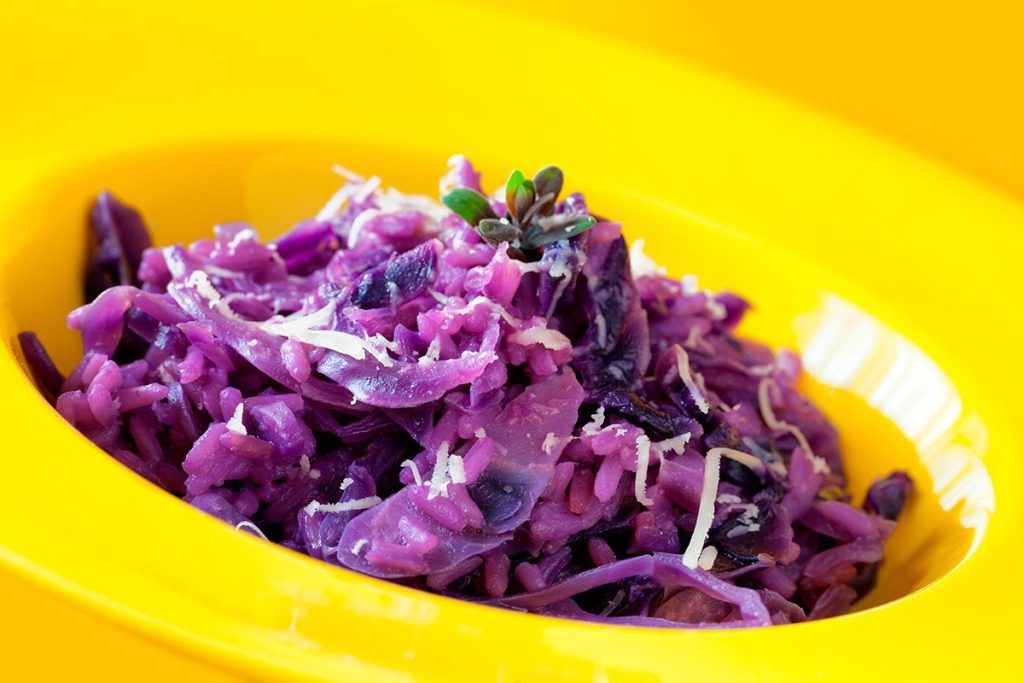
Split Complementary Color Scheme
The harmony of split complementary colors places one color alongside the two colors adjacent to its complement. For example, yellow associated with blue-purple and magenta. The split complementary harmony is livelier than the simple complementary harmony where the contrast is too strong.
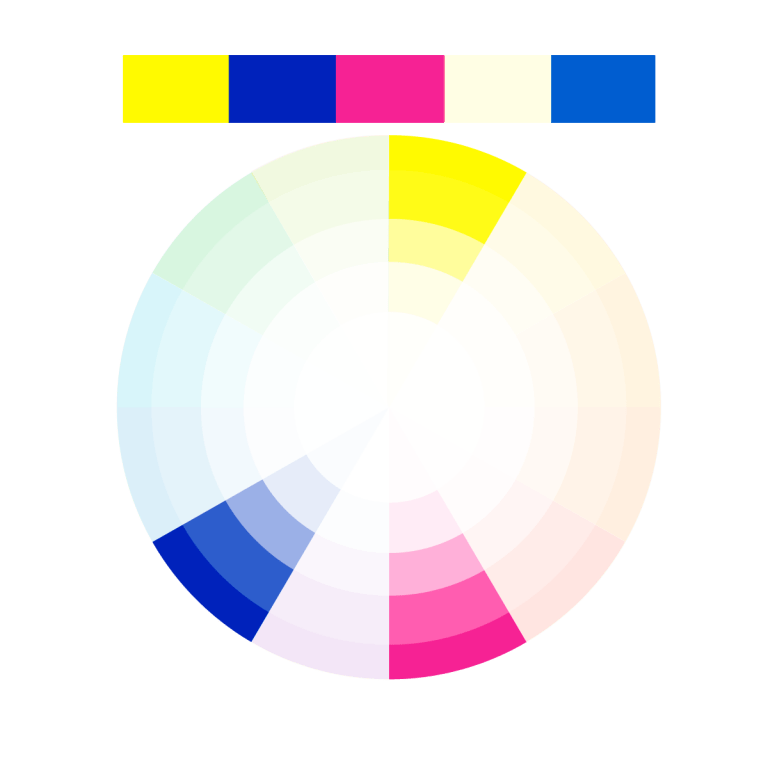
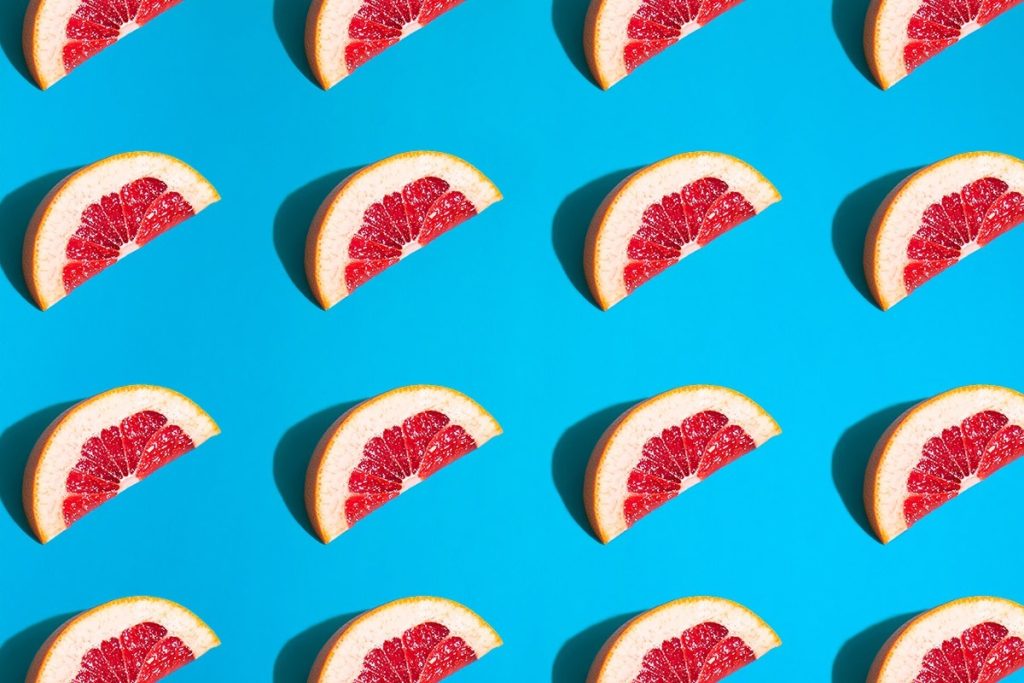
Triadic Color Scheme
The triadic scheme is based on the use of three colors that are equally distanced from each other on the color wheel, forming an equilateral triangle. These groups of colors, separated by 120 degrees, create a lively yet balanced contrast, capable of offering visual harmony and dynamism. Classic examples of this scheme include the combination of red, yellow, and blue, or green, orange, and purple. This approach is particularly appreciated in creative fields for its ability to make compositions visually stimulating and harmonious, without sacrificing balance.
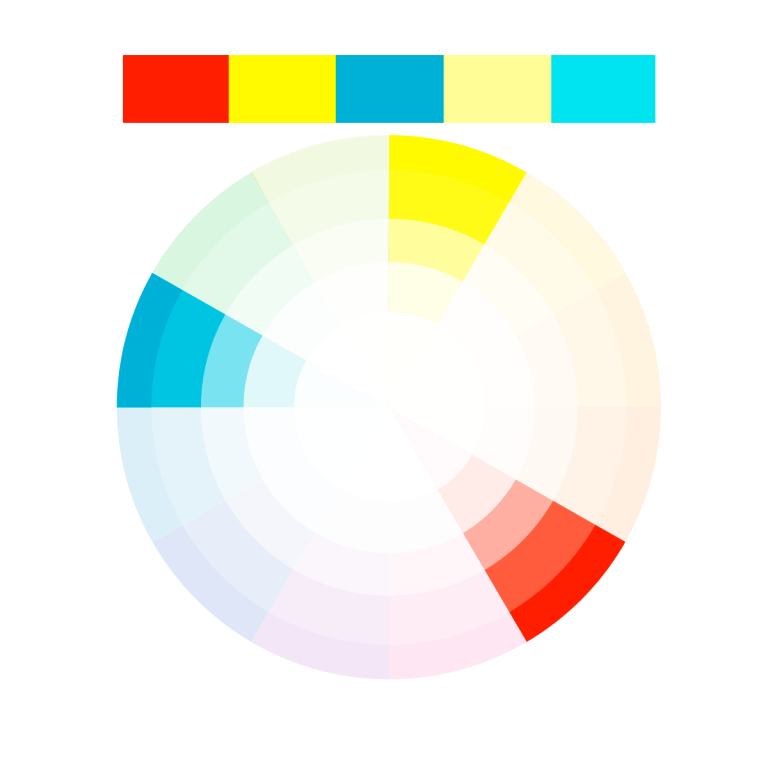
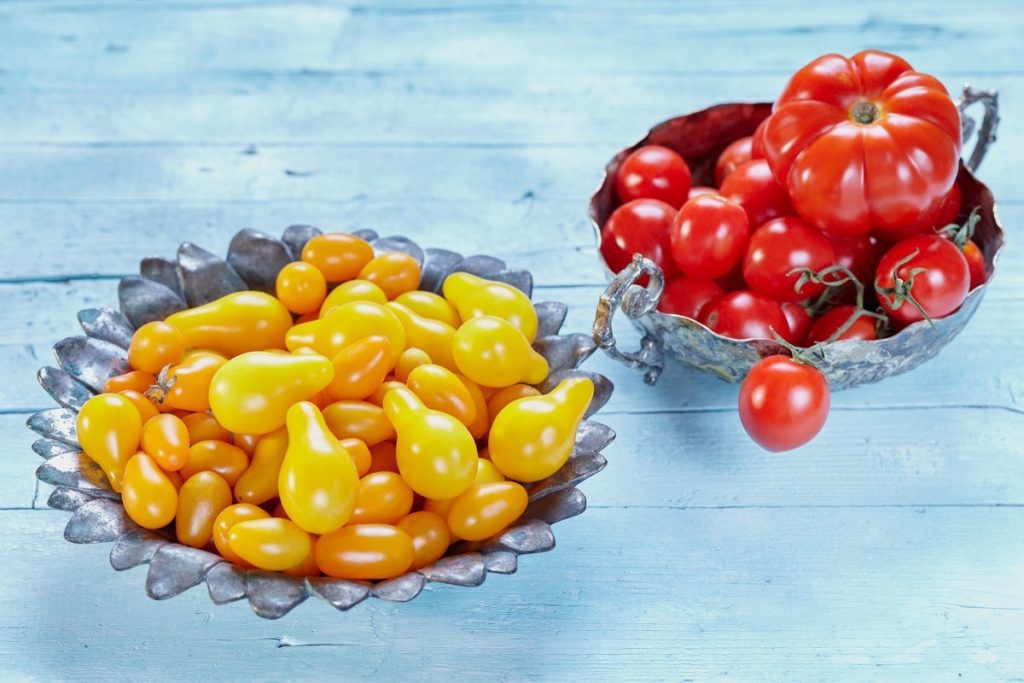
The effect of colors
How does each color interact with the human brain and what actions does it determine? Warm colors are associated with happiness, summer, and physical well-being. They give the feeling of warmth, welcome, and a perception of urgency, stimulating haste.
On the contrary, cold colors give the feeling of coldness and detachment, of tranquility, slow down times, and are associated with professionalism.
Red is the main appetite stimulator.
Yellow is associated with acidic flavors.
Green means nature, and freshness and builds trust.
Blue is used in general in diets because it decreases appetite.
Black, brown, and purple should be used with care because these colors make you think about bad food. If used they should be associated with brighter colors.
Color matching by season
Spring: green yellow, green and turquoise.
Summer: orange, yellow-orange, and yellow.
Autumn: red orange, red, and magenta.
Winter: purple, indegree, and blue.
MATCHING colors by hours of the day
Colors at dawn: blue and turquoise
Morning Colors: Green
Noon: yellow-green and yellow
Afternoon and sunset: gold and orange
Evening: red and red orange
Midnight: magenta and purple
Night: blue-purple
Meaning of colors
Blue
Blue means respect, compassion, honor, acceptance, grace, trust, conviction, purification, faith, prophecy, patience, and recovery. Blue is associated with the concept of water and the sky by stimulating the deactivation of adrenaline.
In communication, it is used to create a position of prestige and authority and to convey trust. Is associated with dynamism, empathy, practicality, discovery, balance, serenity, calmness, openness, and understanding.
In the field of food is a less inviting color, because in nature there are few foods of this color. It is associated with fish and diet. In the packaging, however, it is used a lot because it reassures and gives a feeling of freshness and cleanliness.
Green
Green means growth, renewal, productivity, spiritual development, survival, prosperity, fertility, good luck, idealism, health, and birth. Associated with food means natural products, health, freshness, and vitality. It means the scent of herbs, of spices.
Green-Yellow
Green-yellow means awakening, exuberance, intelligence, receptivity, independence, learning, meaning, and change.
Yellow
Yellow means enlightenment, free expression, resolve, consciousness, warmth, optimism, extreme vitality, awareness, readiness, and clarity. It is a transient color that also means change, evolution, alertness, and danger. It transmits the heat of the sun.
If we associate it with food it will make us think about the flavor of citrus fruits, the concept of ripe fruit, and foods that stimulate concentration, good mood, and socialization. Yellow stimulates the nervous system, increasing appetite, which is why it is often used in restaurants. It also gives a dry feeling that, if it is combined with the concept of liquid (blue/green colors) stimulates thirst.
It never matches with green when it comes to meat or fish because it changes the feeling of freshness with that of rot, of spoiled food. In packaging, it is often used being associated with vitamins, heat, and authenticity.
Yellow-Orange
It means enthusiasm, success, happiness, authority, satisfaction, confidence, influence, excitement, adventure, power, and fame. Associated with food has the same connotay as yellow and orange.
Orange
It is associated with joy, home, belonging, community, hospitality, pleasure, friendship, fulfilment, family, and loyalty. Relative to food it recalls spicy or sweet sensations when combined with yellow. It can be used in combination with green/blue in beverage photographs.
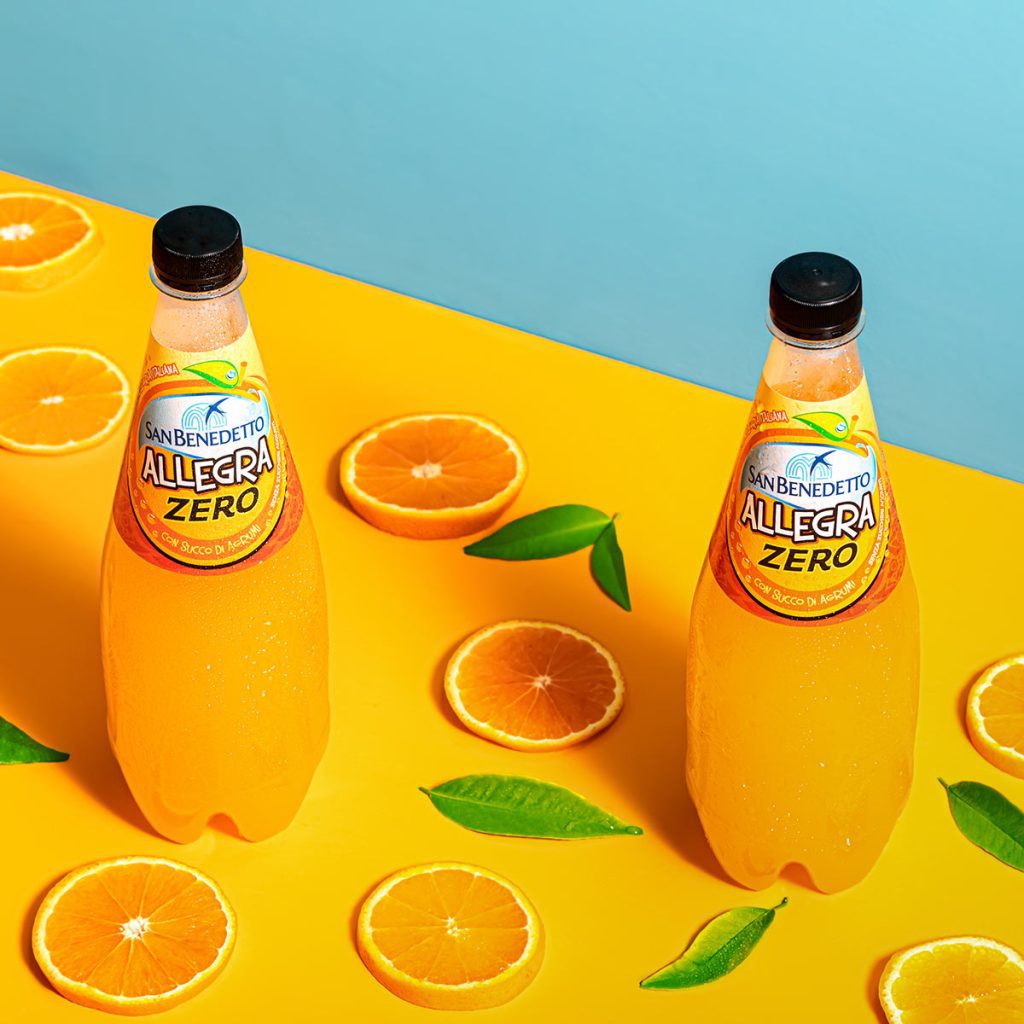
Orange-Red
Orange-red conveys a concept of strength, victory, physical energy, vitality, protection, invincibility, beauty, dedication, vigilance, and willpower. The whole family of yellows and oranges conveys concepts of optimism, of warmth. When orange tends very much towards brown then it expresses culture and lifestyle.
Red
Red means energy, courage, glory, passion, harvest, mature love, guidance, tenacity, inner strength, sensuality, and romance. Historically red is associated with blood, fire, and color that scares and increases the production of adrenaline.
It is considered one of the most dynamic and stimulating colors and is definitely the preferred color in the instinctive choice of food. Red food drives away boredom, bad mood, and depression. A photo of the tomato can convey an important message in a campaign dedicated to the fight against cancer. Red fruits express the remedy against the aging of the body’s cells.
Food styling tip:
Lycopene is the one that gives the red color to foods and has a high antioxidant capacity. Therefore, if we want to have bright red in our photos we have to be careful with cooking because the cooking increases the lycopene and the color of the food turns dark red.
Magenta
Associated with creativity, originality, self-esteem, self-knowledge, perception, discernment, intuition, and poetry.
Purple
Purple is intuition, inspiration, imagination, elegance, luxury, music, dreams, destiny, and magic. If we want to convey a message of sophistication we will use the color purple or the wine. Purple gives the feeling of delicate scents, pleasant, but beware, the purple can also convey a message of moldy food, bitter, rotten, a feeling of discomfort or warning. In the world of food, purple is mainly used in the world of sweets.
Purple-Blue
Purple-blue means wisdom, spiritual mastery, judgment, truth, experience, dignity, virtue, maturity, and long life. In the world of food, it gives a touch of extravagance and fantasy like purple.
It is proven that a person’s state of mind influences his or her choices. Color is visual processing generated by the brain, capable of generating emotions that, later, affect people’s choices.
READ ALSO:
Food Photography Props
How to choose the color palette?
Once the main color of our subject is determined, we need to decide which color palette we will use. How do we choose it?
As a basic rule in culinary photography, we should avoid using too many colors to avoid giving the impression of confusion. Communication must be clear. It would be ideal to choose two or three colors and no more than five.
Effectively using color matching can greatly improve composition by ensuring that the chosen colors complement each other harmoniously. We can choose matching colors using the color wheel and one of the color schemes described earlier in this article.
On the web, there are many tools that help generate a color palette. I will classify them into three groups: those that allow you to extract the color palette from an uploaded image, those that generate a palette starting only from one color, and those where you can only choose a palette from a list.
Generators With Extractor From the Image
- Adobe Color – formerly Adobe Kuler, this tool generates a color palette from any basic color. If you have an Adobe account, you can save and share palettes with others.
- CanvaColors – with this tool, you can generate the perfect color palette and discover the meanings of colors with Canva’s collection of free colors and tools. The part with the symbolism of the colors is my favorite!
- Coolors – one of the best tools, super fast, and with an intuitive interface.
- ColourLovers – boasts over a million color palettes.
- Palettr – very nice, allows you to look for palettes by season, theme, or place. Unfortunately, it is very busy and does not always work.
- ColorCombos – Simple and designed specifically to generate a palette from scratch.
- MuzliColors – Search, discover, test, and create beautiful color palettes for your projects.
- ColorDesigner – a very intuitive tool for creating color palettes.
Color Generators
- Colorsinspo – is a complete resource to find everything about colors with extreme ease. It’s part of my favorites.
- ColorSpace – generates beautiful color palettes, shades of color, and more
- Moodcube Color Sphere – is a gorgeous palette generator that lets you download them to files. AI or . Aco.
- Color by Hailpixel – With a unique cursor-based interface, this tool offers a fun new way to generate palettes. You can hover over to change the hue and brightness and scroll to adjust the saturation.
- ColourCode – allows you to generate harmonies in addition to creating palettes.
- Sip – is a beautiful app for Mac and iPhone, allowing you to generate color schemes from photos and name, organize and share your palettes across multiple devices.
- Paletton – with a convenient randomize button at the top that helps you create different color schemes, beyond manual mode.
- CohesiveColors – is a great tool to give your color palettes a uniform look.
- Data Viz – a tool that allows you to use the palette selector to create a series of visually evenly spaced colors.
- Khroma – uses artificial intelligence to learn which colors you like and create unlimited palettes for you.
- Stairs – is a generator of color stairs.
- Calcolor.Co – a new way to find, edit, and share digital colors.
- Colorkit – It blends colors and generates shades and tints of a color.
Color Palette Lists
- ColorHunt – a seemingly endless list of trend color palettes.
- Color Leap – a beautiful tool that finds color combinations inspired by history. Absolutely to try!
In conclusion, color matching in food photography is an essential element for capturing attention and stimulating the appetite. Choosing harmonious or contrasting combinations can transform a simple image into a culinary work of art. Remember to experiment and find your unique style. If you want to discover more tips and inspiration, don’t forget to follow our social media accounts. Have fun and good luck with your color matching!
